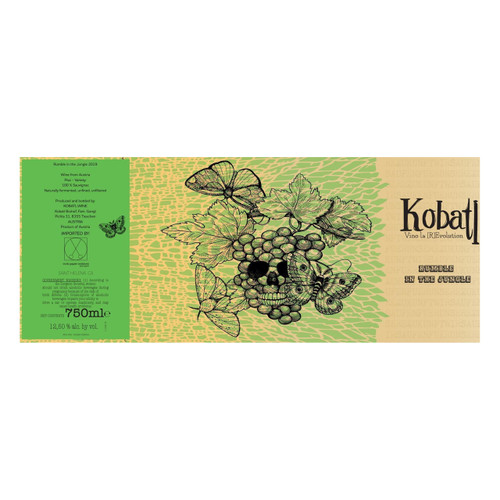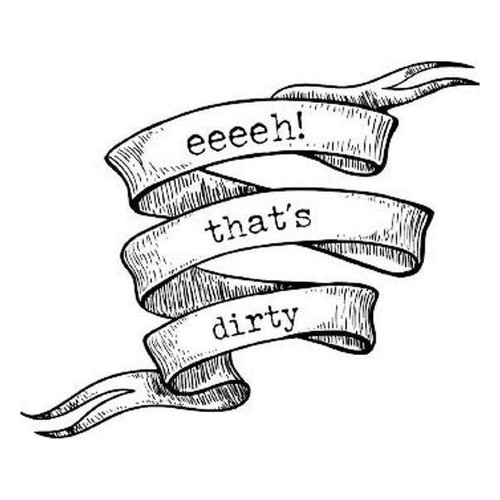Kobatl
In short, PIWI wines are disease resistant grape varieties. Vitis Vinifera (the major grape species that all our favorite grapes are from) is crossed with varieties that resist diseases, like mold and mildew. Piwi wines are being called the wave of the future, and are widely planted across Europe. In short, these are disease resistant "hybrids" are bred to harness all the great characteristics of their vitis vinifera parents, but with the disease resistance that vinifera can not offer. These are not GMO grapes, or some how altered in a lab, these are cross pollinated by hand in the vineyard. The seeds are then planted and grown as the intended variety. These PIWI hybrids are different from the hybrids we are more accustomed to here in NY, which are most often crossed with other vitis species--Riparia and Labrusca, and often do not include Vitis Vinifera in their lineage. These Hybrids, while they often make drinkable wines, are not preferred over vitis vinifera, ever.
Steiermark is Austria's most southern wine growing region. It is not nearly as famous as the Gruner Veltliner and Riesling motherland, the northernmost neighbor Niederosterreich, or the fantastic red wine producing region of Burgenland. But, little is it known that Styria is home to some of the most amazing white wines, namely Sauvignon Blanc, that drips with terroir in the same way that the Loire Valley does for Sancerre. Styria sits in the Alps, with steep slopes similar to regions like Cote-Rotie or the Mosel. Its soils are ancient, volcanic, mineral rich, with extreme diurnal shifts in temperatures, but it also boats the highest rainfall amounts in the entire country, along with extreme humidity. This is where the PIWI varieties come into play, with their disease resistant properties, and Styria along with the rest of Austria have thousands of hectares planted to them. Producers can farm organically, and not heavy rely heavily on heavy metals to protect them against disease and rot.
I was introduced to Weingut Kobatl late summer 2023, when I purchased a bottle of each of their wines to drink, out of my own curiosity. I haven't stopped thinking about them since.
Kobatl is located in a small, windswept valley in the appellation of Vulkanland in Styria, that is immediately on the Slovenian border, with Hungary to the east and Italy to the west. In the village of Tieschen, where Kobatl is located, heavy and dense volcanic soils dominate. These soils and the old history of winemaking here are the reason Kobatl's young, energetic vigneron, Michl Gingl believes the intense volcanic materials are key to his three hectares of organically farmed vineyards. He shares that the soils express ‘fruity and intense’ flavors and aromas, as well as keeping the pH levels of his wines low (low PH equals great acidity!). This, in addition to the fact that the location are similiar in way Chablis or Sancerre look, give a very powerful sense of what Gingl can do here. These aren’t wines that reference, or are even really relate to the Austrian wines of the northern parts of the country. Instead, Michl’s work is in conversation with the graceful, fiery power of white wines from places like Mount Etna, Friuli, the Veneto, but even more so the wines derived from ancient old nubs of volcanoes hiding out under the most famous villages in the Loire.
Michl, along with many others, have made the decision to move forward with PIWI varieties entirely because he knew well how the general levels of rainfall in Styria in general are so intense. In order to farm organically and avoid ongoing use of heavy metals to fight diseases in his vineyard,which is nesrly impossible with vitis vinifera in this region. But, PiWis into the hands of a smart, new producer like Mike Gingl, farmed well and on the right soils, you can see first hand the potential these wines have.
What did I take away from my bottles of Kobatl? Intensity! Mouthwatering minerality, clarity and precision I have only found in wines like Chablis or Sancerre, or Trocken laser- like German riesling, equivalent to wines from regions with slate, limestone, and poor soils. I found zesty citrus aromas-- flavors like lime, quinine, and orange citrus in some wines. Others I found deeper notes of ripe stone fruits and exotic aromas reminiscent of more aromatic varieties like muscat or gewurz, without any of the cloyingly sweet or overblown character often associated with those varieties. These were eye opening for me, as I went into them expecting much less, its safe to say i was blown away and left the experience excited and very fond of this newfound producer, and it has not only piqued my interest in the PIWI varieties, but Styrian wines altogether.





